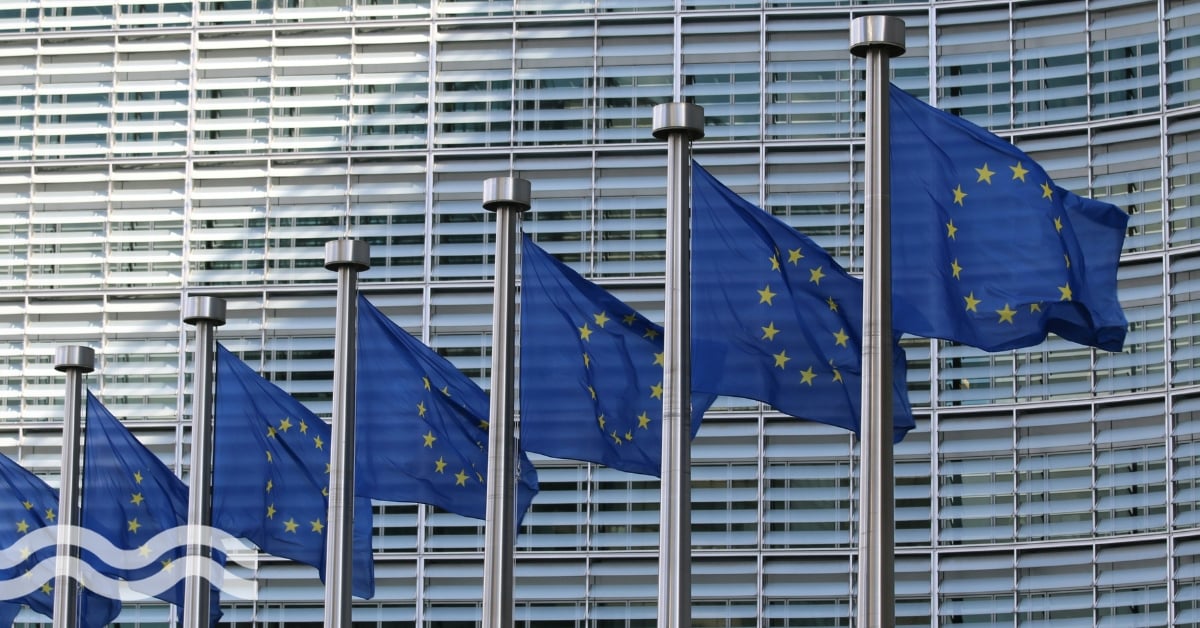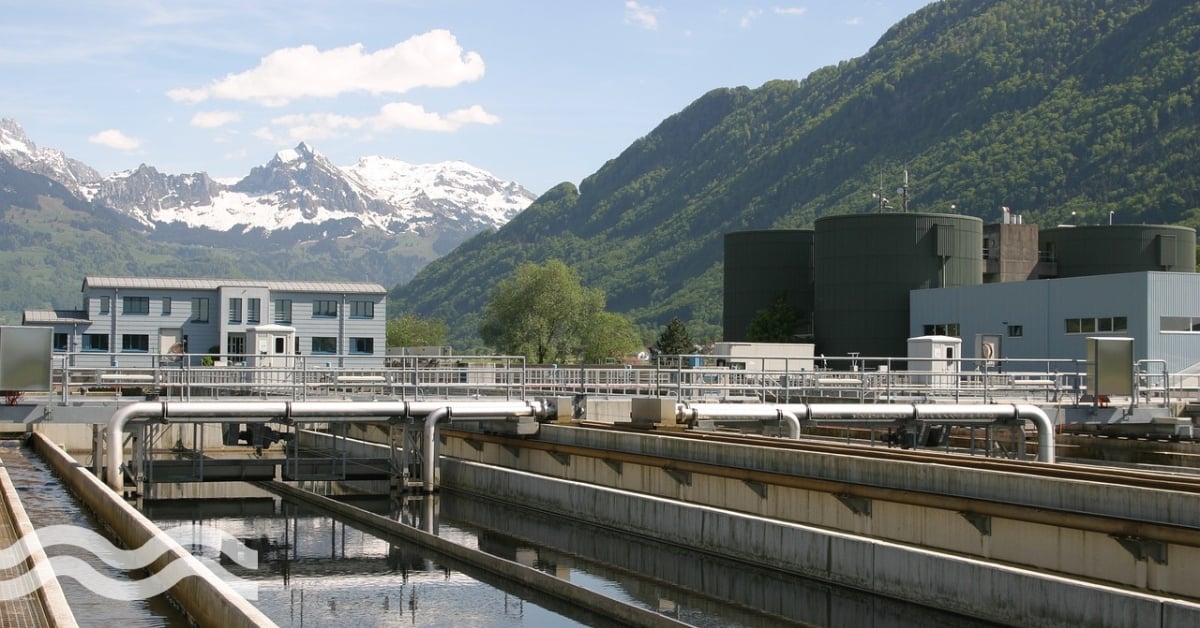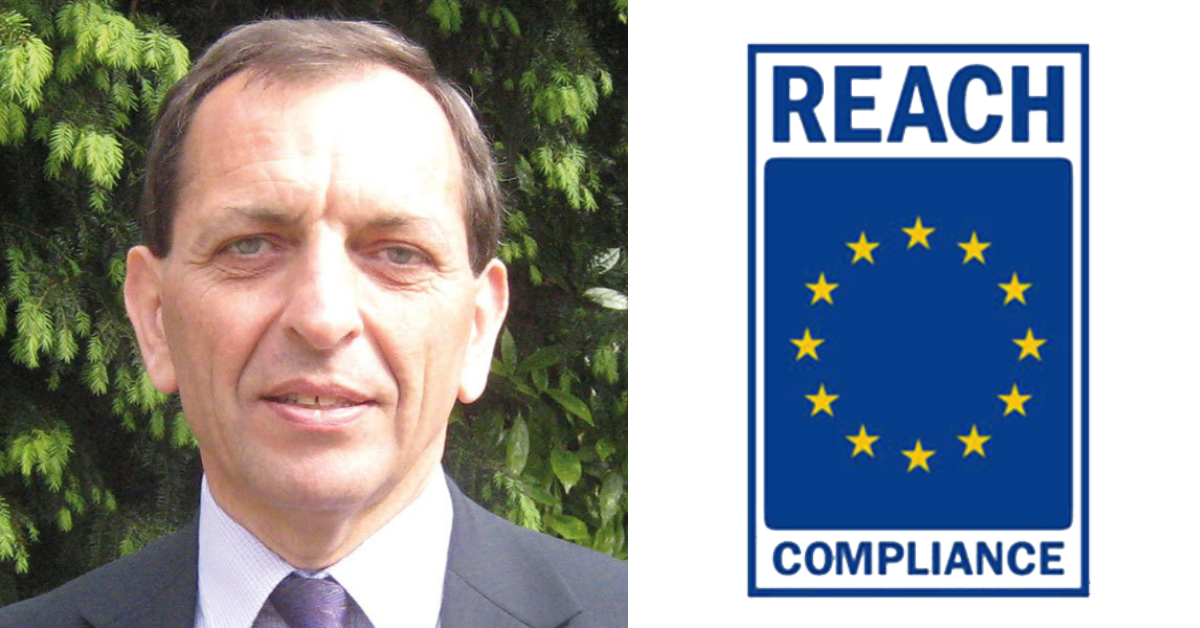Europe strengthens forever chemical restrictions
The European Commission has further tightened regulations against per- and polyfluoroalkyl (PFAS) substances, including restrictions on their use in firefighting foams, and by updating a list of banned substances in surface and ground waters.

PFAS firefighting foam ban
As part of the EU Commission’s measures to protect people and the environment from the risks posed by PFAS chemicals, the use of the so-called forever chemicals in firefighting foams has been restricted.
Under the REACH regulation (the legislation covering chemical use in the EU), the commission has proposed specific transition periods for different sectors. Users and producers of firefighting foams will have between 12 months and 10 years (depending on use) to transition to non-PFAS alternatives, which are already available.
This restriction is based on the scientific assessment of the European Chemicals Agency's Committees and has successfully passed the scrutiny of the European Parliament and the Council.
According to the commission, these new restrictions will prevent approximately 470 tonnes of PFAS from being emitted into the environment every year. This would effectively prevent ongoing contamination of soil and water, reducing ongoing remediation costs. It will also reduce and eventually eliminate the amount of PFAS that firefighters are exposed to each year.

The need to minimise human exposure
Human exposure to PFAS was highlighted around the same time that restrictions were brought in for firefighting foams. Jessika Roswall, EU commissioner for Environment, Water Resilience and Competitive Circular Economy, shared the results of a blood test she had taken earlier in the year to determine the level of PFAS contamination in her own body and to raise awareness about the issues being tackled.
In total, 20 commissioners tested positive for PFAS, which supports a previous Dutch study conducted by public health institute RIVM that found that every blood sample from 1,500 people carried PFAS.
Writing on social media, Roswall shared that she had tested positive for six out of 13 PFAS, with three of those six officially classified as being toxic for reproductive health.
Agreement on proposals to update pollutant lists
An agreement has been reached between the EU Council presidency and council representatives on a proposed directive to review and update the lists of pollutants affecting surface waters and groundwater and corresponding regulatory standards.
This updates environmental quality standards for existing pollutants and adds new ones, aligning EU water policy with the latest scientific evidence.
According to the council, the agreement strengthens the framework for tackling harmful chemicals, enhances monitoring, and ensures that rules remain coherent with the river basin management plans that guide water policy implementation across the EU.
A statement read: “This agreement ensures that Europe’s water legislation keeps pace with science and emerging pollutants. It strikes a careful balance between ambition and flexibility for member states, while strengthening the protection of our rivers, lakes and groundwater. Above all, it safeguards the health of EU citizens and future generations by reducing exposure to harmful chemicals in our water.”
Updating standards and pollutant lists
New substances have been added to the priority lists, including pesticides, pharmaceuticals, bisphenols, and per- and polyfluoroalkyl substances (PFAS). This includes Trifluoroacetic acid (TFA), a breakdown product of certain PFAS, which will be added to the initially proposed sum of 24 PFAS for surface water.
The list of PFAS pollutants is:
- Perfluorooctanoic acid (PFOA)
- Perfluorooctane sulfonic acid (PFOS)
- Perfluorohexane sulfonic acid (PFHxS)
- Perfluorononanoic acid (PFNA)
- Perfluorobutane sulfonic acid (PFBS)
- Perfluorohexanoic acid (PFHxA)
- Perfluorobutanoic acid (PFBA)
- Perfluoropentanoic acid (PFPeA)
- Perfluoropentane sulfonic acid (PFPeS)
- Perfluorodecanoic acid (PFDA)
- Perfluorododecanoic acid (PFDoDA or PFDoA)
- Perfluoroundecanoic acid (PFUnDA or PFUnA)
- Perfluoroheptanoic acid (PFHpA)
- Perfluorotridecanoic acid (PFTrDA)
- Perfluoroheptane sulfonic acid (PFHpS)
- Perfluorodecane sulfonic acid (PFDS)
- Perfluorotetradecanoic acid (PFTeDA)
- Perfluorohexadecanoic acid (PFHxDA)
- Perfluorooctadecanoic acid (PFODA)
- Ammonium perfluoro (2-methyl-3-oxahexanoate) (HFPO-DA or Gen X)
- Propanoic Acid / Ammonium 2,2,3-trifluoro-3-(1,1,2,2,3,3-hexafluoro-3 (trifluoromethoxy)propoxy)propanoate (ADONA)
- 2- (Perfluorohexyl)ethyl alcohol
- 2-(Perfluorooctyl)ethanol (8:2 FTOH)
- Acetic acid / 2,2-difluoro-2-((2,2,4,5-tetrafluoro-5 (trifluoromethoxy)-1,3-dioxolan-4-yl)oxy).
Additionally, the agreement introduces a sum standard of pesticides for surface waters, which is set at 0.2 µg/l, covering substances already listed as priority substances. Bisphenol-A has been designated as a priority hazardous substance.
Substances no longer deemed relevant at the EU level, such as atrazine, are deselected, while the standards for others have been tightened in line with the latest scientific advice.
Monitoring and reporting
Member states will now be required to:
- Report biological quality data every three years, on the health of aquatic ecosystems in surface waters
- Report chemical quality data for both surface water and groundwater every two years, with the option for member states to report data annually on a voluntary basis.
- Report on the overall status of water bodies remains every six years, in line with the six-year cycle for river basin management plans.
In addition, effect-based monitoring (EMB) will be introduced for surface waters. EBM is used to assess water quality, focusing not just on specific chemicals but on the overall impact of pollutants on ecosystems and organisms in the water. Instead of just measuring individual chemicals, EBM evaluates how a combination of chemicals affects the environment. In particular, a limited and targeted use of EBM will be mandatory for estrogenic substances during a two-year period.
Timelines for new agreement
Member states will have until 2027 to transpose the agreement directives into law, and until 2039 to achieve full compliance.


.jpg?h=628&iar=0&w=1200)

